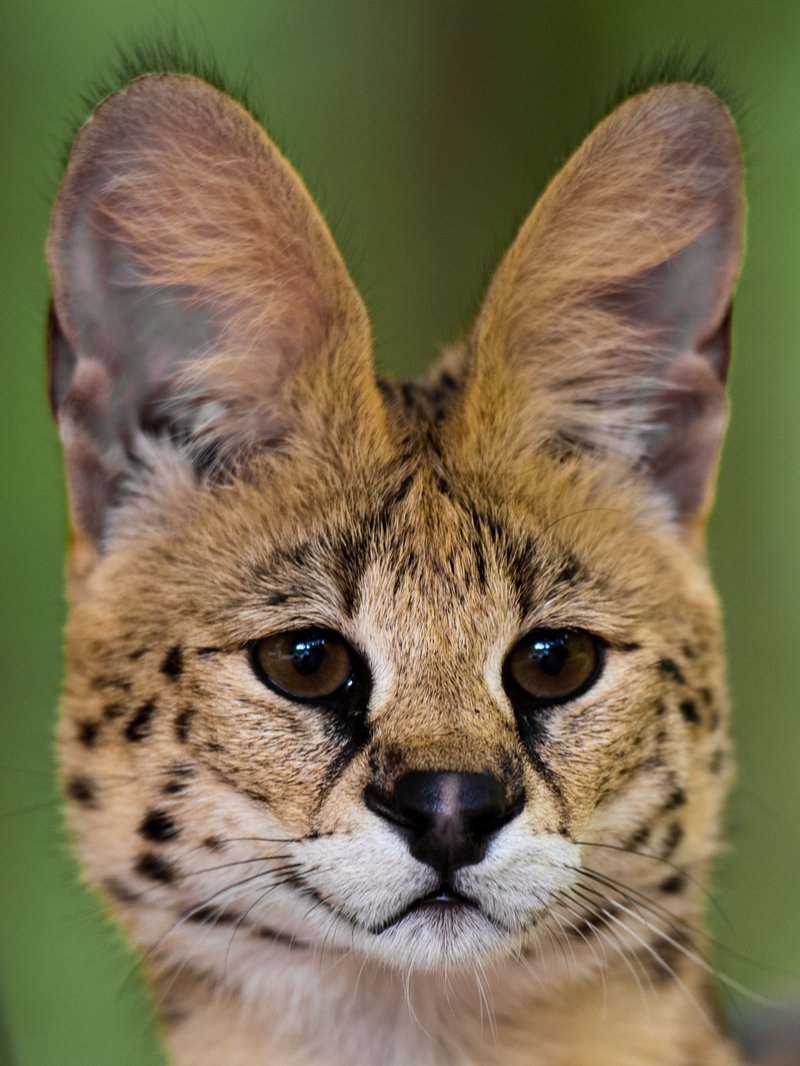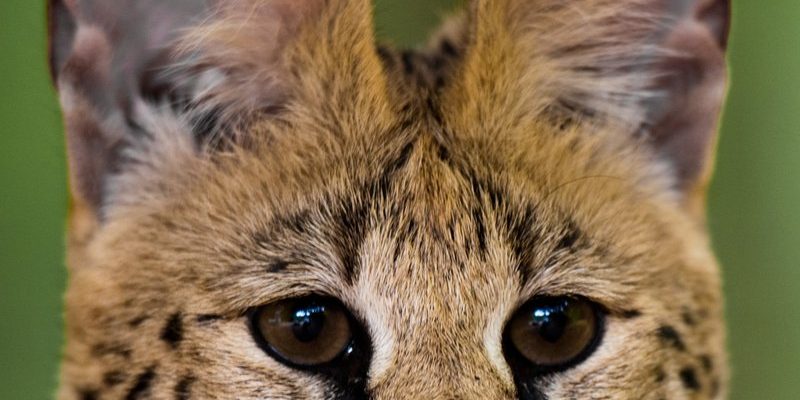
Imagine sitting in a cozy café, sipping on your favorite drink, and diving into a chat about these fascinating felines. You might be surprised to hear what people think about them! Some believe they make great pets, while others are convinced they’re just small versions of wildcats. Let’s break down some of these misconceptions and look at what’s really true about these charming creatures.
Myth
You might be wondering, *are servals just cute little domestic cats?* Here’s the thing: servals are wild animals, not pets. They belong to the wildcat family and are native to Africa, where they thrive in grasslands and savannas. Unlike a domestic cat, which has been selectively bred for thousands of years to live alongside humans, servals have not undergone that same transformation.
This difference in domestication means that servals retain their wild instincts. They hunt, stalk, and pounce just like their larger relatives, making them much more challenging to care for than a house cat. If you’ve ever seen a cat chase a laser pointer, you’ll understand that servals have a similar—if not enhanced—playfulness combined with their wild hunting skills. Owning a serval isn’t just a quirky choice; it can lead to serious challenges and ethical considerations.
Myth
While it’s true that servals are wild animals, the idea that they are inherently dangerous pets can be misleading. These cats are not like lions or tigers, but their wild nature does come with specific responsibilities for those who might consider keeping one.
Many owners of servals report that these animals can be quite affectionate and bond closely with their caretakers. However, it’s crucial to remember that they still possess strong instincts. They require a lot of space, enrichment, and proper care to thrive. Just as you wouldn’t take home a tiger from the zoo, you should think twice about a serval as a pet. They need specialized environments—something beyond what most of us can provide in a typical home.
Myth
It’s easy to see why someone might think a serval is just a smaller version of a cheetah. They both have that striking coat pattern and are built for speed. However, let’s set the record straight: servals and cheetahs are actually quite different species.
The serval (Leptailurus serval) is its own unique species within the Felidae family, while the cheetah (Acinonyx jubatus) is known for being the fastest land animal. While servals can reach speeds of up to 50 kilometers per hour (about 31 miles per hour), they are not built for the same kind of endurance sprinting that cheetahs are. They have their own adaptations, like long legs for jumping high to catch birds, and those big ears help them hear better, making them adept hunters in their grassland habitats.
Myth
You may have seen videos of servals performing tricks and acting playful, which can lead to the misconception that they can be trained just like dogs. While some individuals can be taught certain behaviors or commands, servals don’t have the same social structure or desire to please that dogs do.
Here’s the thing: dogs have been bred for thousands of years to work with humans, while servals are built to live independently in the wild. Training them requires special techniques, patience, and understanding of their natural behaviors. It’s not a quick process, and it varies greatly from one individual to another. So, while you might be able to get your serval to fetch or respond to its name occasionally, don’t expect the same obedience you get from a well-trained Labrador!
Myth
While servals do face threats from habitat loss and poaching, they are not currently classified as endangered. In fact, they have a relatively stable population in many areas of Africa. However, it’s important to recognize the impact of human activities on their habitats.
Loss of grasslands and wetlands due to agriculture and urban development can put servals at risk, just like it does for many other wildlife species. While they are adaptable and can thrive in various environments, maintaining healthy ecosystems is key to their survival. This means that conservation efforts are essential to ensure they continue to roam the wildlands of Africa.
Myth
The image of a serval lounging in your living room might be appealing, but caring for one is no walk in the park. They require a lot of space to roam and play, and their diets aren’t as straightforward as you might think. Unlike a typical house cat that can thrive on commercial cat food, servals need a diet similar to what they would eat in the wild, which may include small mammals and birds.
Setting up a proper environment for a serval can be costly and complex. You would need a secure outdoor enclosure and plenty of room for them to explore. Plus, you’d have to invest time in understanding their behaviors and needs. So if you’re considering a serval, know that it’s a commitment that requires serious consideration and resources.
Wrapping It Up
So, what’s the takeaway? Servals are fascinating creatures that deserve our respect and understanding. While they may look like adorable mini-leopards, their wild nature sets them apart from domestic cats. From their unique behaviors to their independent lifestyles, they cannot be treated like regular pets.
By busting these myths, we can foster a deeper appreciation for servals and advocate for their conservation. As you sip that coffee and ponder these beautiful animals, remember their true nature. They’re not just a pretty face; they’re a reminder of the wild world that exists beyond our homes. If you ever get the chance to see a serval in the wild or at a reputable sanctuary, take it! You’ll be witnessing a truly unique part of our planet’s biodiversity.

